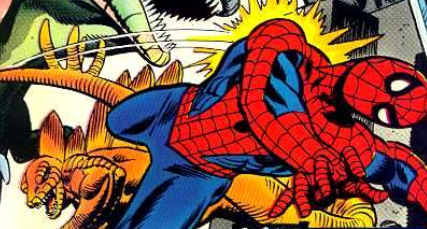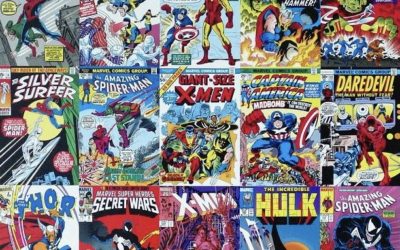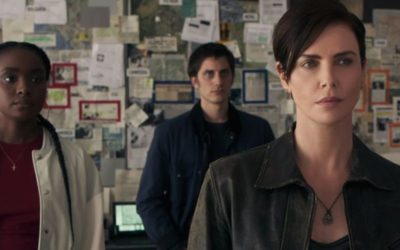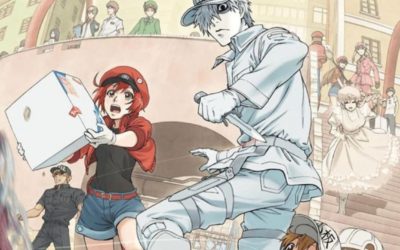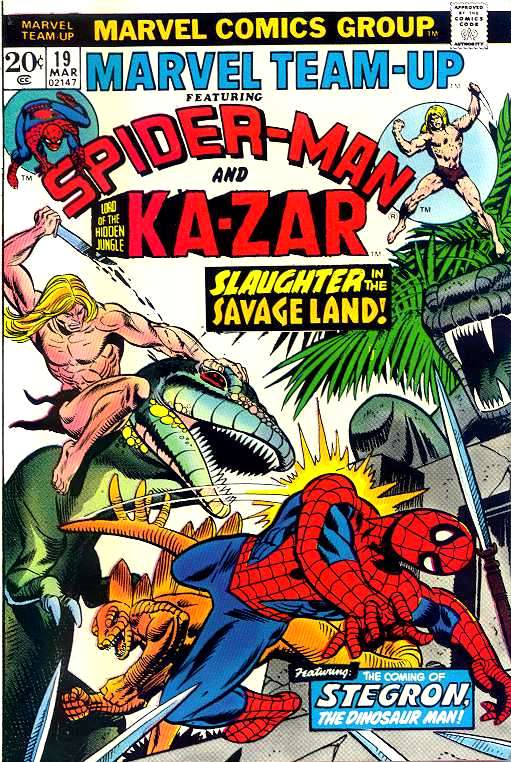 Getting a chance to hear Professor Jay Hosler talk about using comics in education is an amazing experience. Now – everyone has that shot thanks to his talk at TEDx Juniata College being posted online.
Getting a chance to hear Professor Jay Hosler talk about using comics in education is an amazing experience. Now – everyone has that shot thanks to his talk at TEDx Juniata College being posted online.
Hosler starts with the secret origin of his idea that science comics can save the world be telling the story of a family trip out West in 1974, of which a visit to Dinosaur National Monument stands out, even to this day. On the way home, Holser recounts stopping at Wall Drug in South Dakota where he found a copy of Marvel Team-Up #19. The story in the issue featured Spider-Man’s team-up with Ka-Zar, but for the eyes of a young Hosler, there were only two things he saw: Stegron and the T. rex Ka-Zar was attacking.
“A seed was planted,” Hosler says, “Or maybe it was a parasitic infection that took over my brain and that idea was that science comics could save the world.”
A professor of biology at Juniata College, Hosler walks the walk when it comes to using comics in the classroom – rather than slides, he prefers to draw the images our as he teaches his students, and encourages them to do the same. He also has his students present an idea in biology as a comic strip or story as well.
Hosler’s perhaps best known (outside of Juniata) for his science-based graphic novels including Clan Apis, Last of the Sandwalkers, The Sandwalk Adventures, Evolution and Optical Allusions.
Citing Gene Yang’s view of using comics in STEM education, Hosler explains: “Some can gain access through more traditional means – textbooks, lectures, etc. But for a lot, there’s an additional gap there, an additional step that has to be made before they can even feel comfortable accessing through traditional means.”
Comics can be that intermediary. Hosler’s website – which has samples of comics, interviews, ideas about using comics to teach science and a lot more can he found here.


